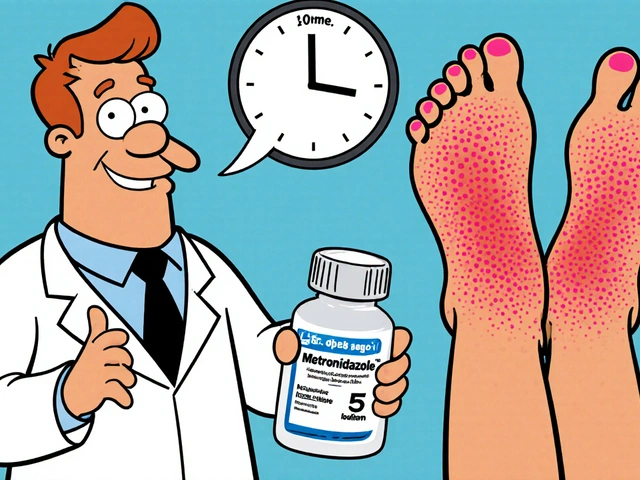Atrial Fibrillation Drugs: Types, Uses, and How to Choose the Right Treatment
When dealing with atrial fibrillation drugs, medications used to manage irregular heart rhythm and prevent complications in patients with atrial fibrillation. Also known as AF drugs, they form the backbone of therapy for millions worldwide. One of the first decisions is whether to add Anticoagulants, blood thinners that lower the risk of clot‑related stroke in AF patients. Stroke prevention is a non‑negotiable goal because atrial fibrillation can cause clots that travel to the brain. If you’re also looking to control how fast the heart beats, Beta blockers, agents that slow the heart rate by blocking adrenaline receptors are the go‑to class. They’re especially useful for patients who feel palpitations or have high blood pressure. When beta blockers aren’t tolerated, many doctors switch to Calcium channel blockers, medicines that reduce heart rate and contractility by limiting calcium influx. Finally, if the goal is to reset the heart’s rhythm rather than just slow it, Antiarrhythmic drugs, compounds that aim to restore normal sinus rhythm become the centerpiece of treatment.
How These Medications Work Together
Atrial fibrillation drugs rarely act in isolation. Clinical guidelines recommend a combination of stroke‑prevention and rate‑control strategies for most patients. For example, a typical regimen might pair a direct oral anticoagulant (DOAC) with a beta blocker to keep the heart rate under 80 beats per minute while guarding against clot formation. Some patients need a rhythm‑control approach, so a cardiologist could add an antiarrhythmic like amiodarone on top of anticoagulation. Calcium channel blockers often replace beta blockers when lung disease limits the latter’s use. The key is matching drug properties to the patient’s comorbidities: kidney function influences anticoagulant choice, while asthma or COPD steers the rate‑control selection.
Choosing the right atrial fibrillation drugs also depends on age, lifestyle, and how quickly symptoms appear. Older adults may prefer once‑daily DOACs over warfarin because they need fewer blood‑test visits. Young, active patients sometimes opt for rhythm‑control drugs to stay in sinus rhythm during exercise. Side‑effect profiles matter, too—beta blockers can cause fatigue, calcium channel blockers may lead to swelling, and some antiarrhythmics carry a risk of thyroid or lung toxicity. Regular monitoring, such as checking INR for warfarin or renal labs for certain DOACs, keeps therapy safe and effective.
Newer options are reshaping the landscape. Low‑dose rivaroxaban and apixaban are gaining popularity for their predictable dosing and minimal food interactions. Hybrid ablation‑plus‑drug protocols combine catheter procedures with short‑term antiarrhythmics to improve long‑term success rates. As research evolves, guidelines continue to stress individualized care—matching the right drug class to each person’s risk factors, symptom burden, and preferences. Below you’ll find a curated list of articles that dive deeper into each drug class, dosing tips, safety considerations, and real‑world patient stories, helping you navigate the complex world of atrial fibrillation treatment.




